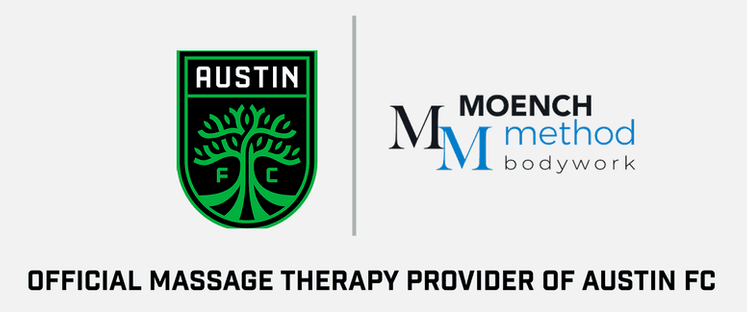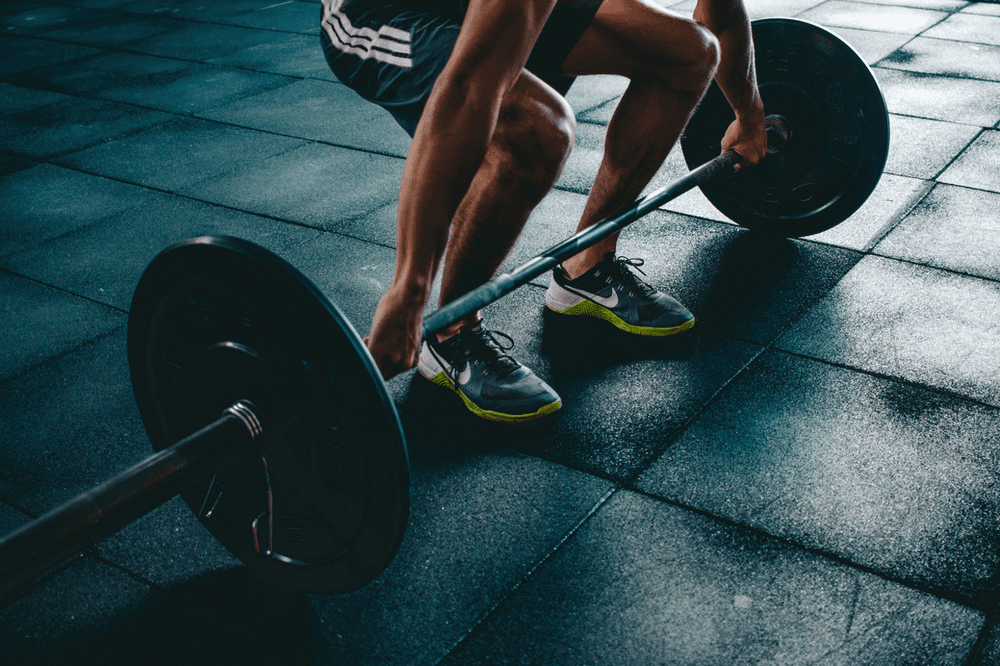In this line of work, we see injuries everyday. We know they happen. So, how can you avoid injury and tightness? Here are a few tips and precautions to keep you performing at your best!
1. The Straight Bar
One of the primary rules we give the athletes that come to Moench Method Bodywork is to avoid using a straight bar while lifting.
Using a straight bar to do military press, bench press and bent over rows puts the shoulders and elbows in an extremely compromised position. Considering that these three exercises work the shoulders, chest, and back, you can use a great amount of weight. In turn, you are also ata higher risk of upper body tightness and injury.
Using a straight bar to do squats, lunges and power cleans causes more neck and low back injuries in athletes than any other exercises. Again, these three exercises work the quads, hamstrings, glutes, and back… where you can use a great amount of weight. With neck and back injuries, an athlete is not very athletic!
Note: If you insist on using a straight bar in your training routines, please keep your elbows tucked into your sides, and hands shoulder width apart. Doing so keeps the stress on your shoulder and elbows to a minimum, and increases sport specific muscle memory patterns.
Examples:
- In football, you block your opponent with your hands and elbows tucked into your body. If you don’t, it’s called holding. You should be lifting weights in this position.
- When firing off the line to get to your opponent, again, your hands and elbows are tucked into your body. They are not to the side as you would see in a traditional bench press or push up.
What’s the alternative to a straight bar? Dumbbells. The ability to rotate your limbs to a better position is the advantage to this simple switch.
2. Isolating Muscles
The second rule is to avoid exercises that isolate individual muscles.
These include bicep and hamstring curls, tricep extensions, calf raises, and quad extensions. Inevitably, these lead to muscle imbalances which, if you add speed and torque, result in tears, strains, and sprains. It’s the muscle imbalances that become the weakest points, and are more susceptible to tightness and compensation.
What’s the alternative to isolated muscle exercises? Focus on compound movements. For example, do squats versus hamstring curls or quad extensions separately. Avoid injury and tightness by keeping your body balanced.
3. High Weight, Low Reps, and Fast
The third rule is to avoid doing high weight and low reps quickly. This flies in the face of nearly every middle school, high school, collegiate and professional weight training program… for a reason.
If you haven’t noticed, athletes get injured on a regular basis! Coaches say it’s all a part of sports and is to be expected. It is expected, if you continue to do what causes the injuries in the first place!
I’ve heard many athletes say, “I used to be fast, and then I started lifting at school. Now I’m one of the slowest kids on the team. What happened? I’m stronger, but I’m slower.” Not the ‘progress’ they were looking for, I’m sure.
I understand the motivation and rationale of working with high weight in combination with quick burst movements. I also understand how much risk is involved with this weight training technique. Because of this, plyometric exercises should be included in a training regimen to achieve the killer combination of power and speed.
What’s an alternative to the high reps/low weight/fast training mentality? Check out our 5/50 Workout to see an option.
4. Maxing Out
Finally, avoid any and all maxing out. This practice is the one thing that brings in more career-ending acute injuries than any other to our clinics.
Here is an example:
A 13 year old baseball player came in with a low back injury. He was under the supervision of his middle school coach while ‘maxing out’ doing power cleans. Kids that age have growth plates that aren’t completely closed yet. So, they should never lift anything close to 70, 75, or 80% of their ‘max.’
Think of it like this: teaching a teenager to ‘max out’ with weights is like giving them your car keys and asking them to see how fast the car can take a corner before it rolls over! In each case, they are going to get hurt. If not in school under the coaches supervision, they will get hurt when they inevitably are working out without supervision.

